While visiting family over Christmas, Lord Nelson and I toured what is probably the country's newest air museum, Historic Flight's new branch in Spokane, Washington.1 It had opened on December 17th, less than two weeks before our visit. We were shown around by my friend John, who volunteers there, and thus our experience was somewhat better than will probably be normal.
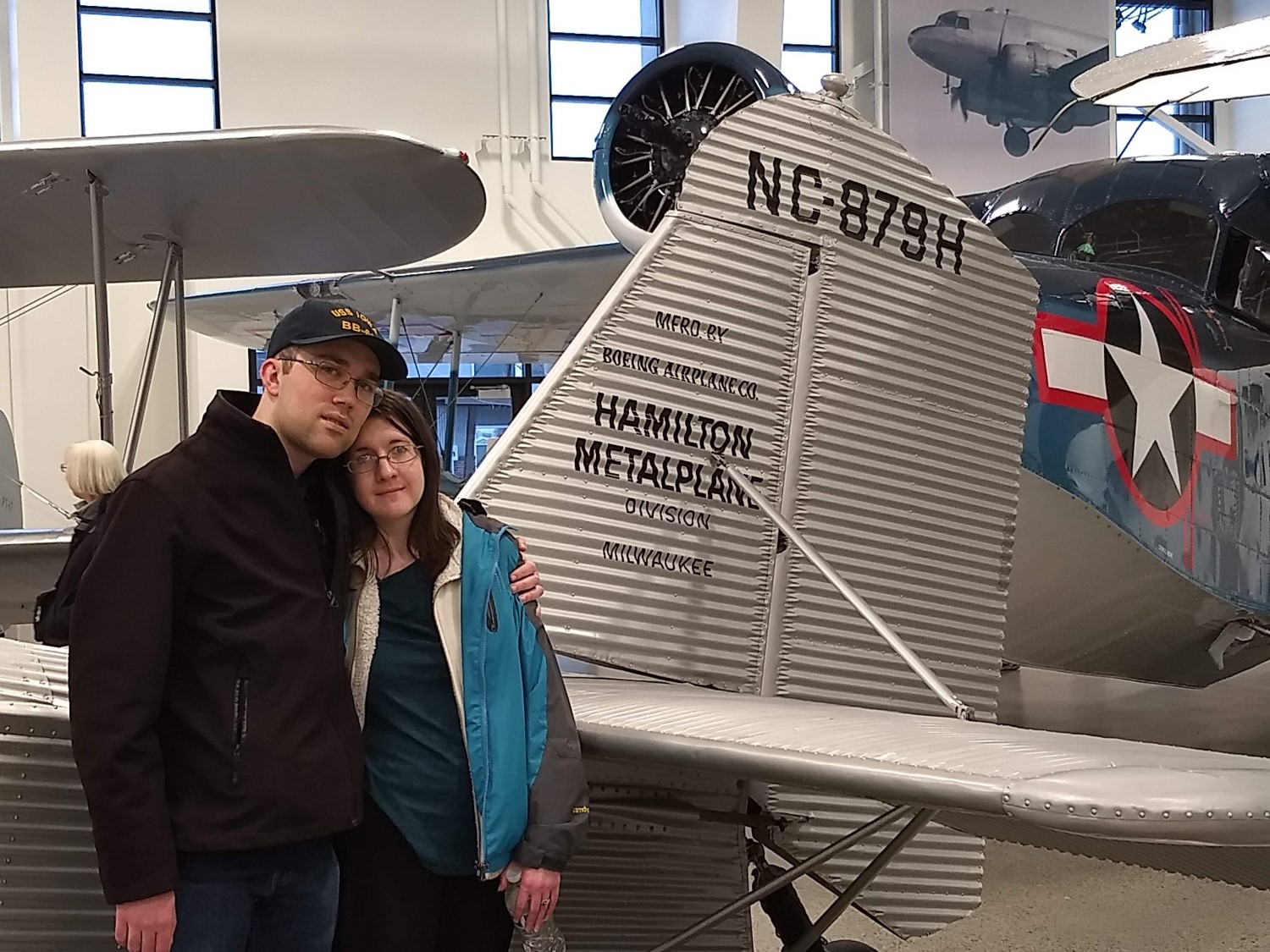
Lord Nelson and I with the Hamilton Metalplane
Historic Flight Spokane is a fairly typical small/medium-size air museum, drawing from the collection of John Sessions, whose main base is a Paine Field north of Seattle. Everything in the museum can and does fly, and it's apparently the intention to rotate the collection between Paine and Spokane regularly to keep both museums fresh. While we were there, they had a DC-3, a P-51B, a JRF Goose, a Travelair Biplane, a Beechcraft Staggerwing, a Stearman, and a Hamilton Metalplane, all of which were lovingly restored. John had actually worked on the Goose restoration, and been up in several of the planes in question. I didn't talk with any of the other guides, but if he's any indication, they're definitely knowledgeable. Read more...

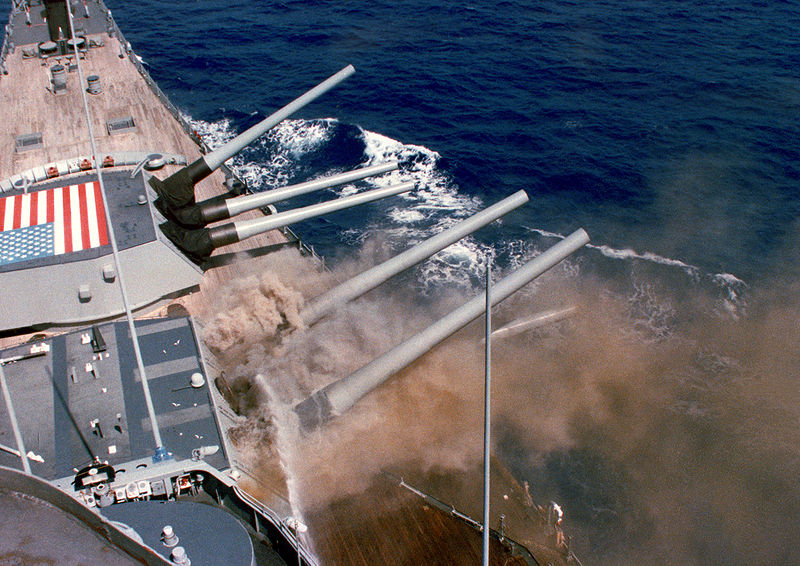
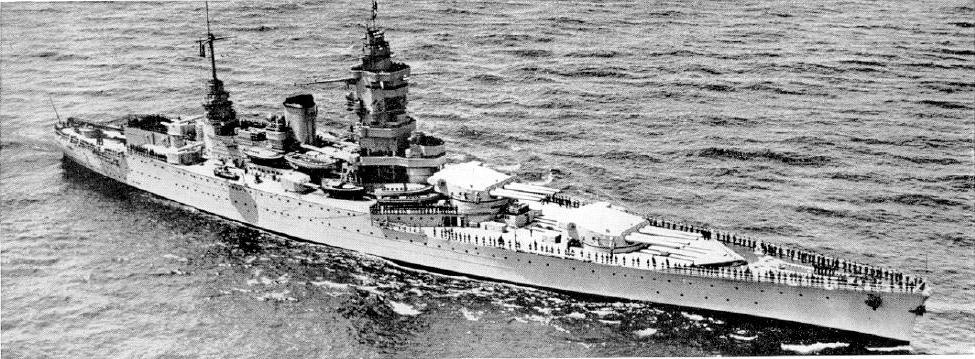
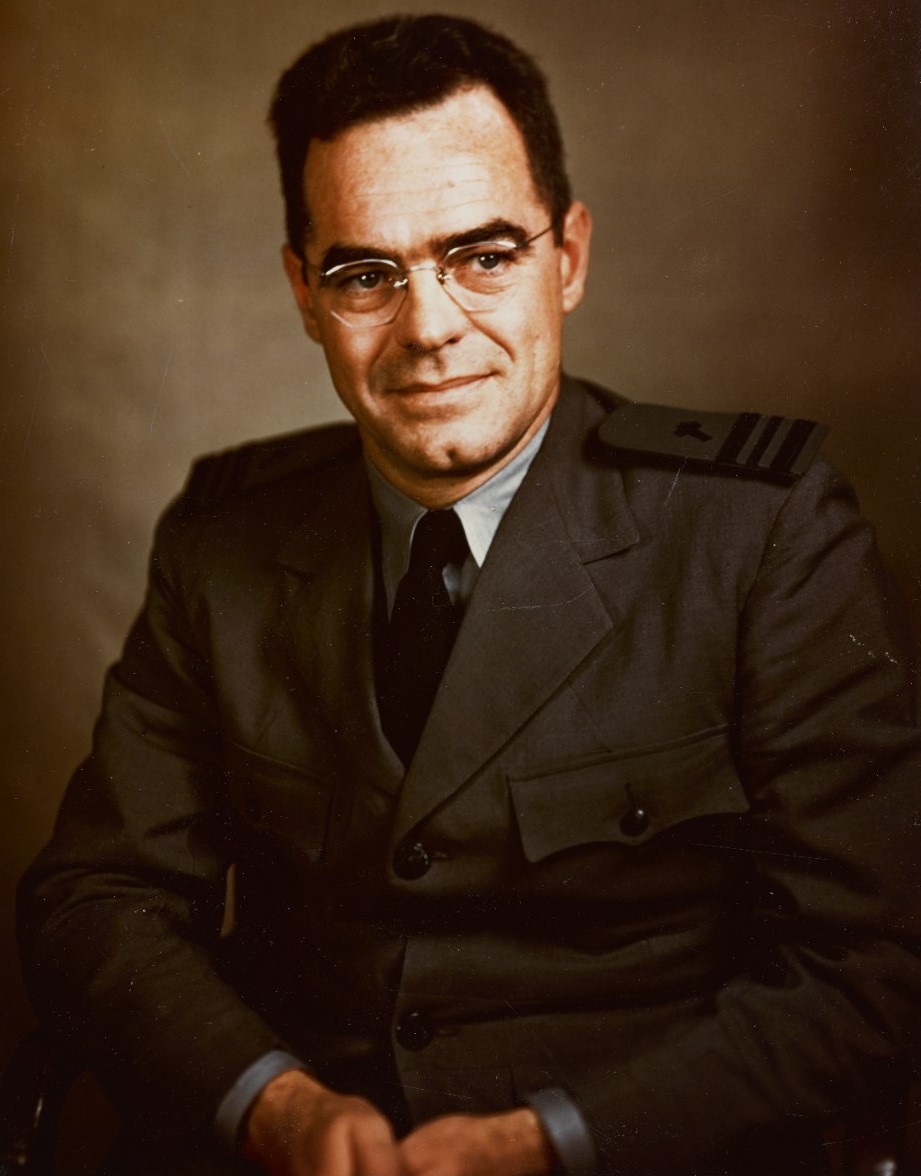
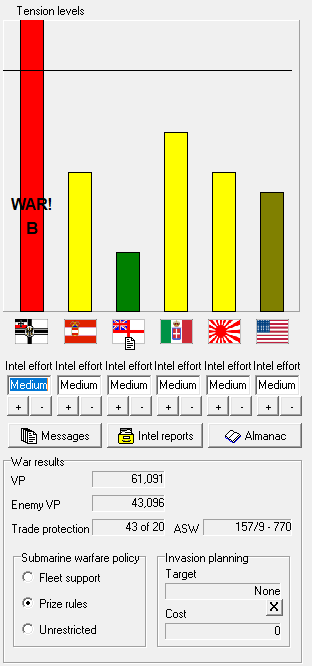
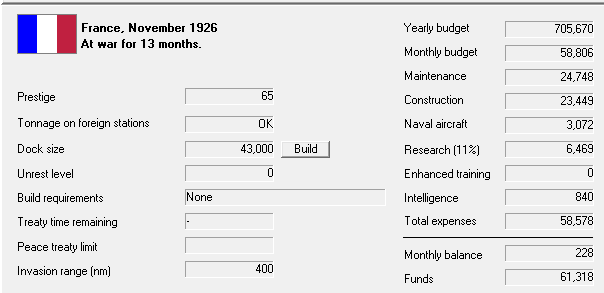
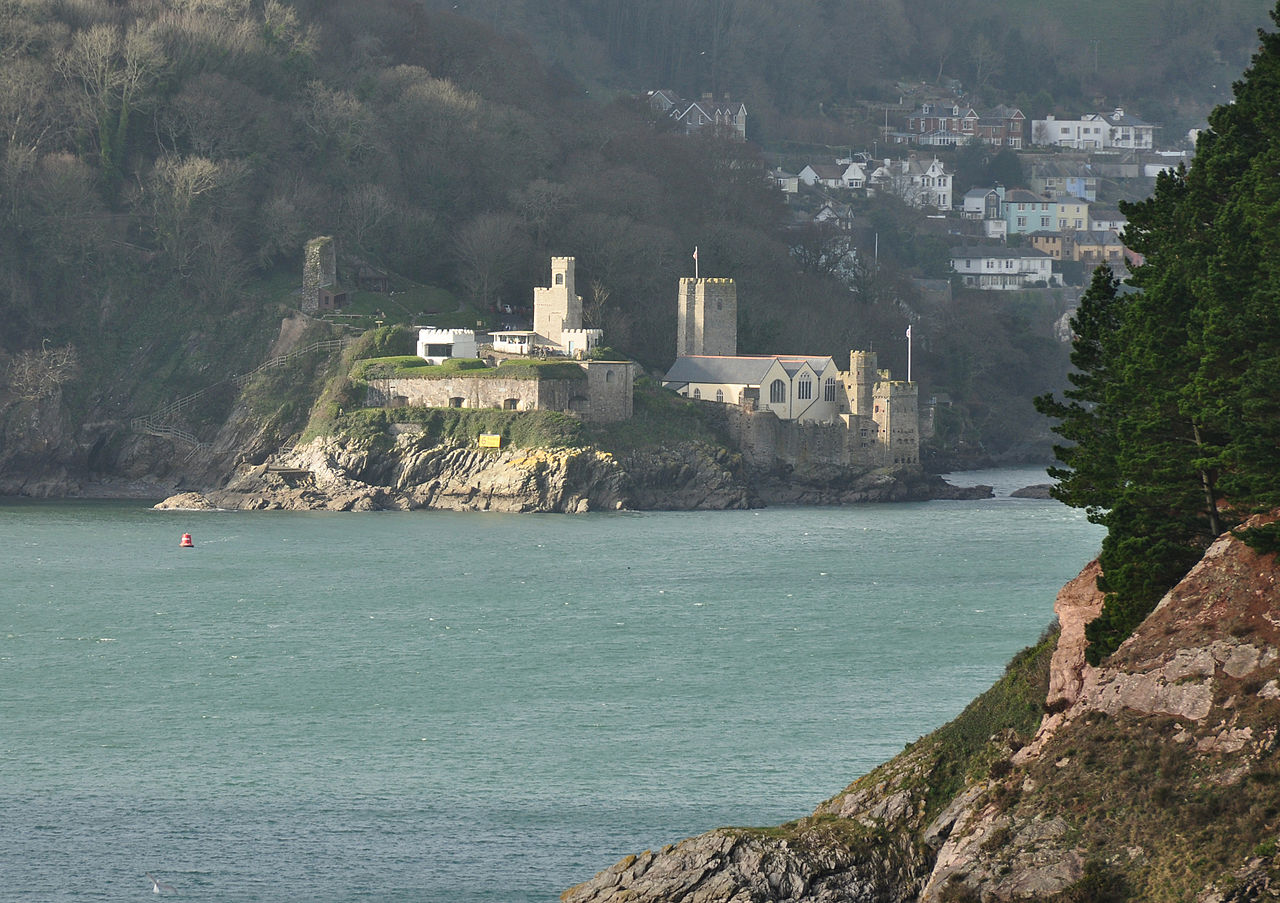
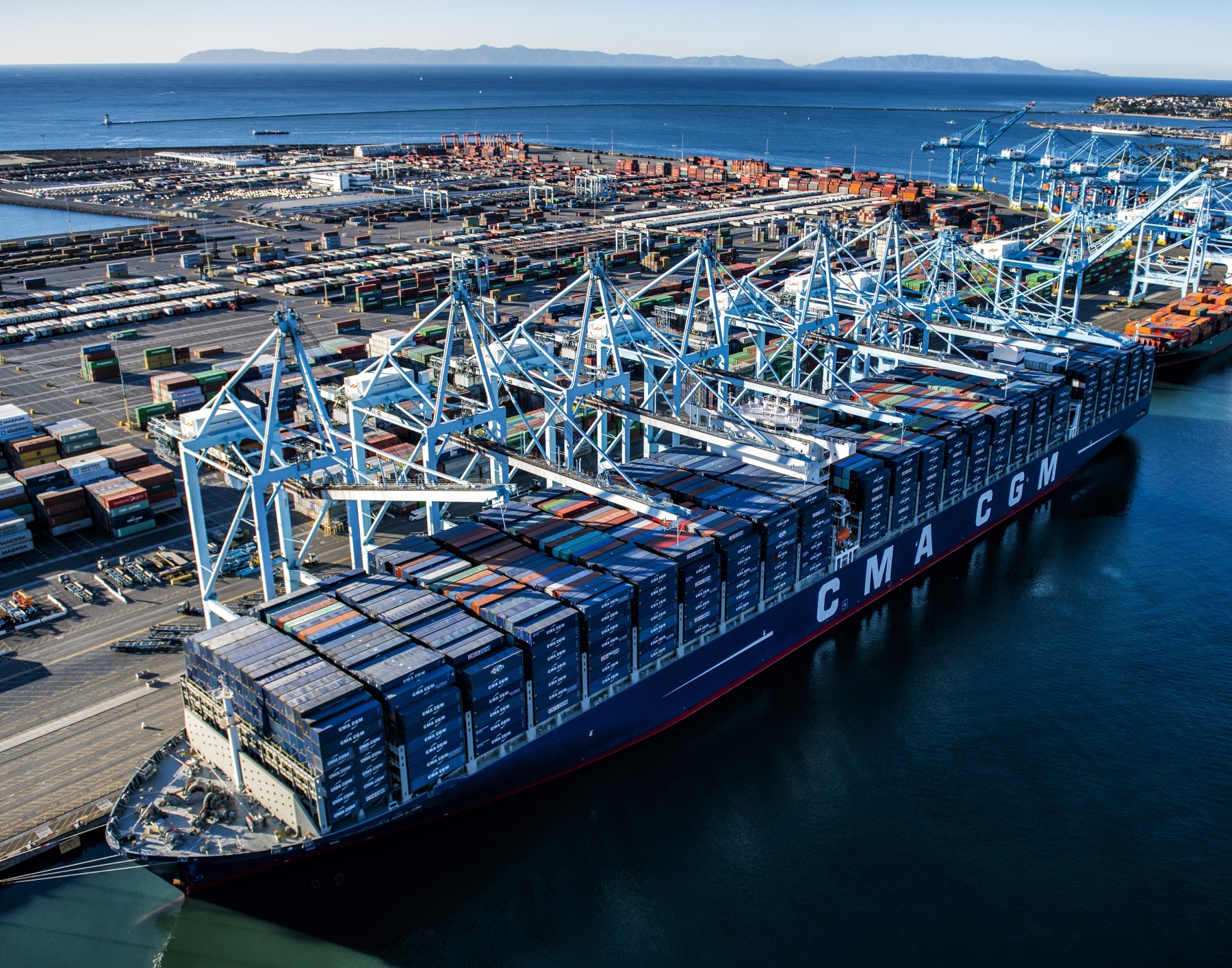
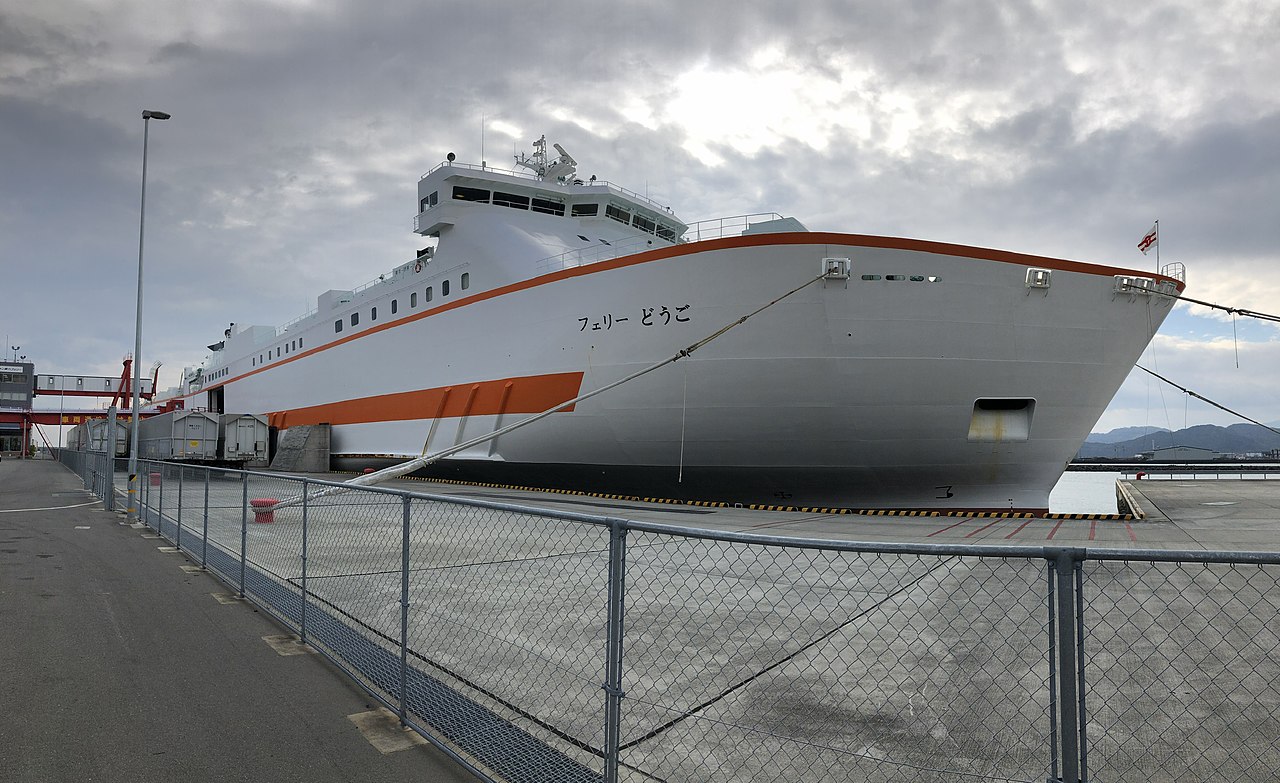
Recent Comments